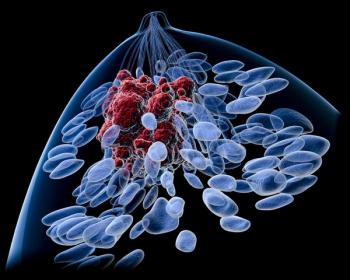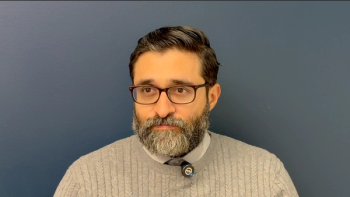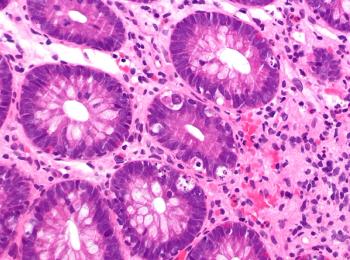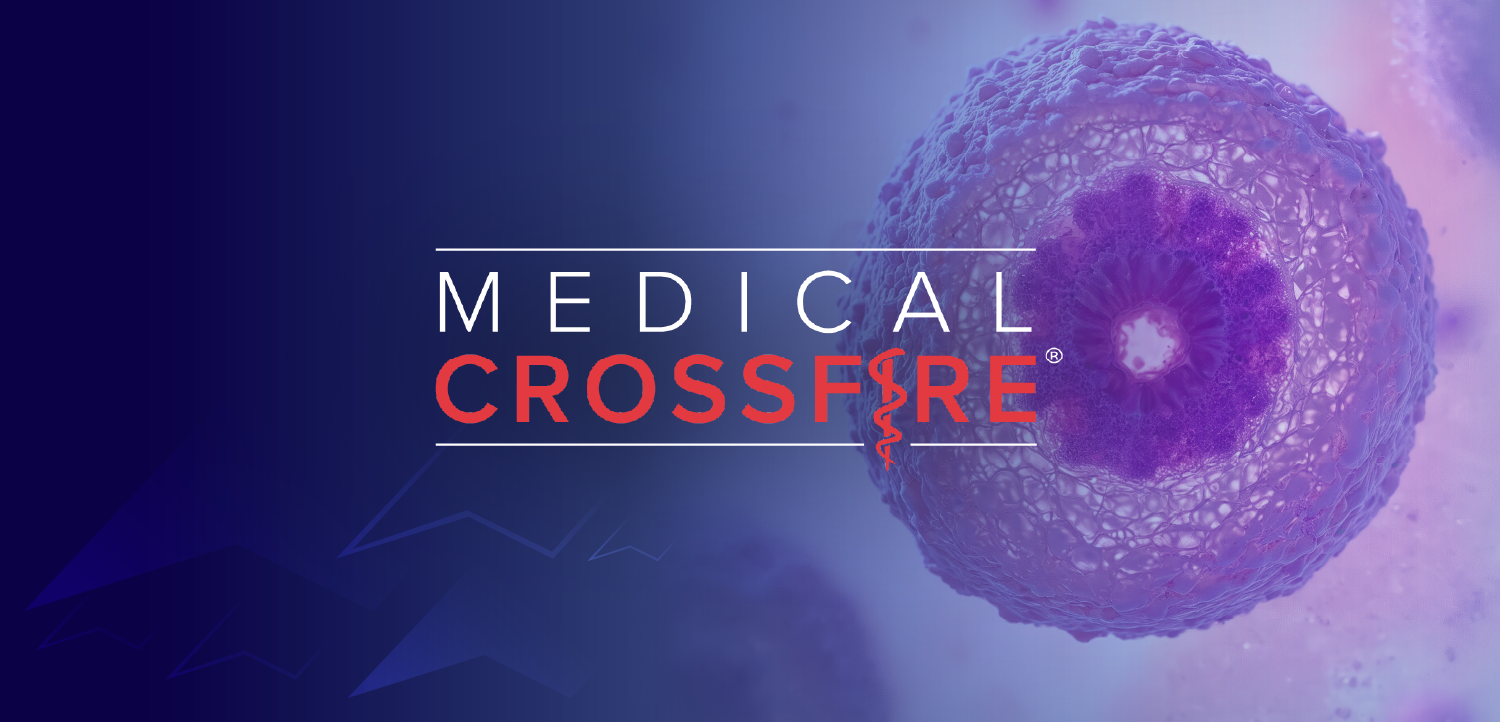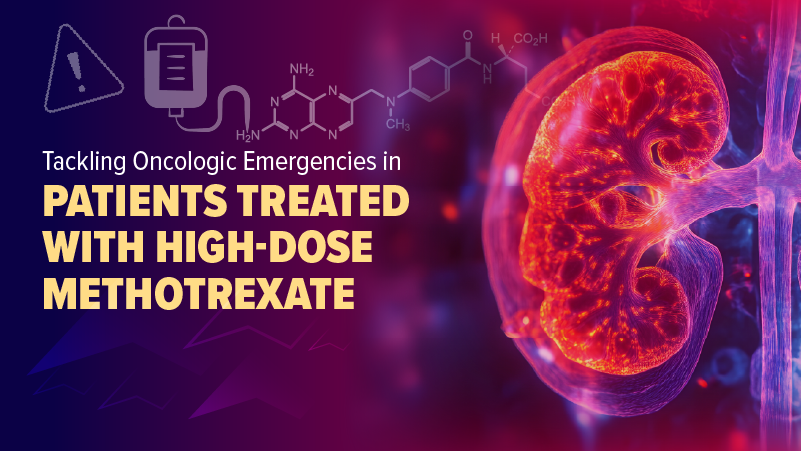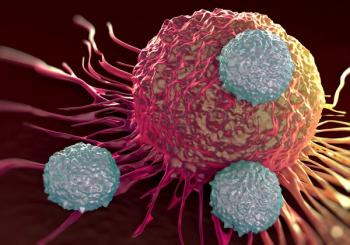
- ONCOLOGY Nurse Edition Vol 22 No 8
- Volume 22
- Issue 8
Cancer Care for Now … and Later
In cancer treatment these days, the immediate-what needs to be done for the patient right now toward achieving long-term survival-is coupled with planning post-treatment surveillance, care, and support for patients who will likely survive their disease.
In cancer treatment these days, the immediate-what needs to be done for the patient right now toward achieving long-term survival-is coupled with planning post-treatment surveillance, care, and support for patients who will likely survive their disease.
The nearly 12 million cancer survivors in the US are depending on us as caregivers to be vigilant for chronic and/or late physical effects of their treatment-some of which can be life-threatening and/or occur years after therapy. Patients also may need support with psychosocial issues and practical concerns about potential effects of therapy on daily function and quality of life.
Oncology nurses are key not only in optimizing cancer care delivery and symptom management, but also in ensuring appropriate clinical follow-up and patient education about the potential impact of a given plan of surgery, chemotherapy, or radiotherapy further along the cancer care continuum.
In this issue, Carrie Stricker and Linda Jacobs provide a comprehensive overview of physical late effects in cancer survivors, highlighting consensus-based guidelines and other useful resources to support patient evaluation, counseling, and intervention in this area. As they note, despite the advent of targeted and less-toxic cancer therapies, “the absolute burden of physical complications in cancer survivors is increasing,” because of population aging and other demographic and health trends, including lifestyle factors that elevate risk.
As Richard Boyajian asserts in his article commentary, we owe it to cancer survivors to put the same level of effort into evaluation of the long-term and late effects of agents as was expended in developing them.
In the Late Effects Clinic, Deborah Crom focuses on metabolic complications in adults treated as children for craniopharyngioma. Hypothalamic obesity occurs in about 50% of these survivors and predisposes them to cerebrovascular and cardiovascular mortality, including transient ischemic events and myocardial infarctions. Nurses are essential in facilitating the complex and ongoing management of these patients, she adds, emphasizing that “nurses can be advocates of community-based healthy lifestyle programs and encourage survivors to participate in a comprehensive program of weight management and exercise.”
When the patient with cancer is pregnant, there is the dual need to protect the fetus without compromising the mother’s chances of cure. Rimes et al describe the multidisciplinary management of these patients, who are likely to increase in number as women delay childbirth until their later years. Coordination of care includes not only oncologists, perinatologists, and neonatologists, but also integrates psychological and spiritual counseling services.
As Elyce Cardonick underscores in her article commentary, provided that diagnosis is not delayed, for the majority of cancer types, pregnant women with cancer have 5-year survival rates comparable to those of nonpregnant women with cancer. She cites encouraging data indicating normal physical and mental development of children exposed to chemotherapy for hematologic malignancies in utero (half during the first trimester).
It is critical that oncology nurses form ongoing partnerships with patients-to be their advocates and educators, directing them toward clinical care and supportive services that will enable them to live their best possible life.
-Mary McCabe, RN, MA
Editor-in-Chief
Articles in this issue
over 17 years ago
Review of "Physical Late Effects in Adult Cancer Survivors"over 17 years ago
Management of a Patient With Inflammatory Breast Cancerover 17 years ago
Diarrhea in Cancer Patientsover 17 years ago
Drug Essentials Levoleucovorin, a Cytoprotectantover 17 years ago
Physical Late Effects in Adult Cancer Survivorsover 17 years ago
Commentary (Cardonick): Care of the Pregnant Patient With Cancerover 17 years ago
Care of the Pregnant Patient With Cancerover 17 years ago
Quality of Life in Myelodysplastic SyndromesNewsletter
Stay up to date on recent advances in the multidisciplinary approach to cancer.


